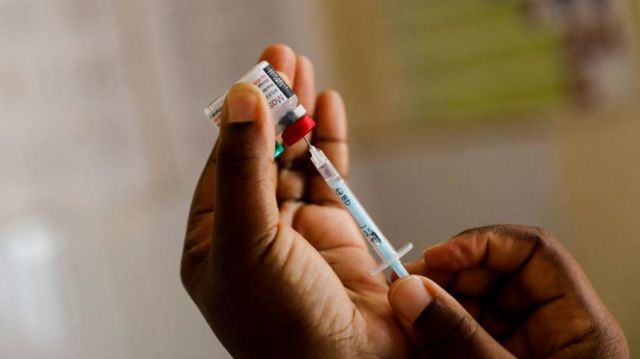The World Health Organization (WHO) has recommended the use of a new vaccine against malaria. It is inexpensive and can be mass-produced. This is only the second malaria vaccine in history to be approved by the WHO. The first was developed by GSK and approved for widespread use two years ago.
The new vaccine is called R21. It was developed by the University of Oxford, and its main difference from the previous vaccine, RTS, S, is the ability to produce it cheaply on a large scale. The World Health Organization has stated that the effectiveness of the two vaccines is very similar and there is no reason to consider one better than the other. However, only 18 million doses of the previous RTS,S vaccine are currently available worldwide, while the new vaccine will soon be produced in much larger quantities. The world’s largest vaccine manufacturer – the Indian Serum Institute – is ready to produce more than 100 million doses of R21 per year and plans to increase production to 200 million doses per year.
Malaria kills hundreds of thousands of people each year – mostly infants and young children – and is one of the greatest problems facing humanity. Scientists have spent more than a century developing effective vaccines against the disease. We explain quickly, simply, and clearly what happened, why it matters, and what happens next. The number of episodes should not be changed. The end of the story: Advertising podcasts.
Malaria is caused by parasitic microorganisms that enter the human body through a mosquito bite and destroy blood cells. The structure of these microorganisms is much more complex than that of a virus, allowing them to hide from the immune system by constantly changing shape within the human body. This makes the development of natural immunity through malaria infection and the development of a vaccine against it difficult. Until recently, malaria was treated with drugs that kill parasites, bed nets that protect against disease-carrying mosquito bites, and insecticides.
Dr. Tedros Adhanom Ghebreyesus, WHO Director-General, welcomed the arrival of the second WHO-approved malaria vaccine. “I used to dream of the day when we would have a safe and effective malaria vaccine, and now we have two,” he said. The World Health Organization has stated that the new R21 vaccine will be a “vitally important additional tool” in the fight against the disease. Each dose costs $2 to $4, and four doses are needed per person. This is about half the price of RTS,S. Both vaccines use similar technologies and target the same stage of the malaria parasite’s life cycle. However, the new vaccine is easier to make because it requires smaller doses and uses a simpler adjuvant (a chemical substance in the vaccine that activates the immune system).
In 2021, there will be 247 million malaria cases and 619,000 deaths, the majority of which will be children under the age of five. More than 95% of malaria cases occur in Africa. “This second vaccine has real potential to bridge the huge gap between supply and demand,” said Dr. Matshidiso Moeti, WHO Regional Director for Africa. “If these two vaccines are produced at scale and widely distributed, they can help strengthen malaria prevention and control and save hundreds of thousands of young lives,” said a WHO representative.



